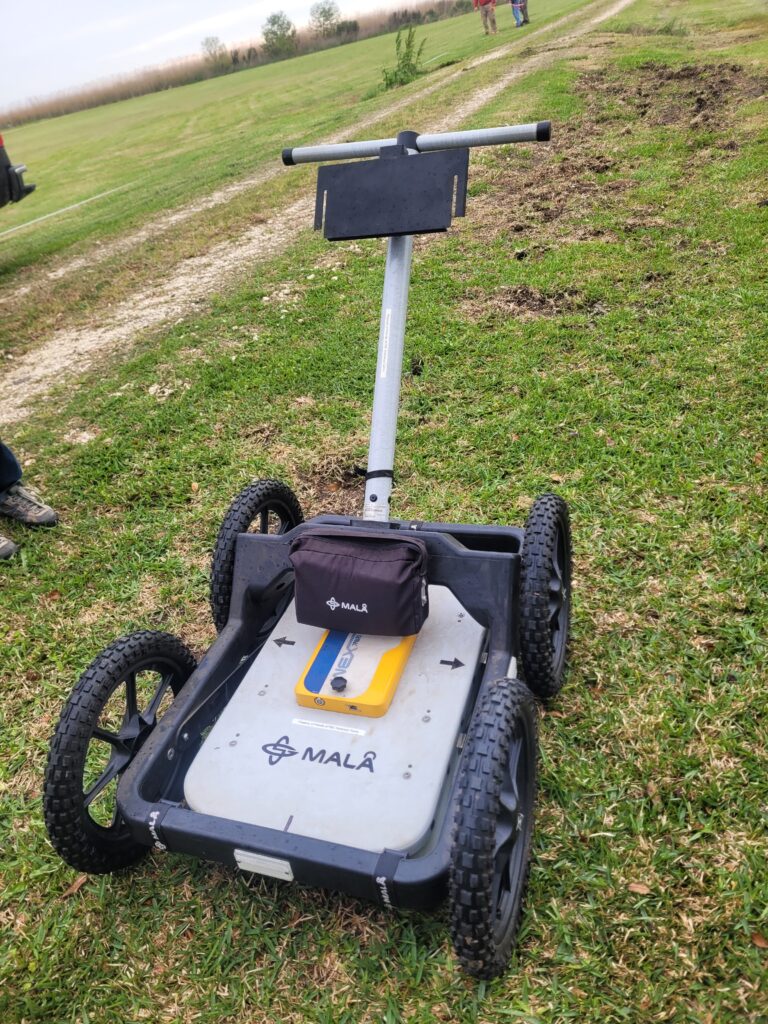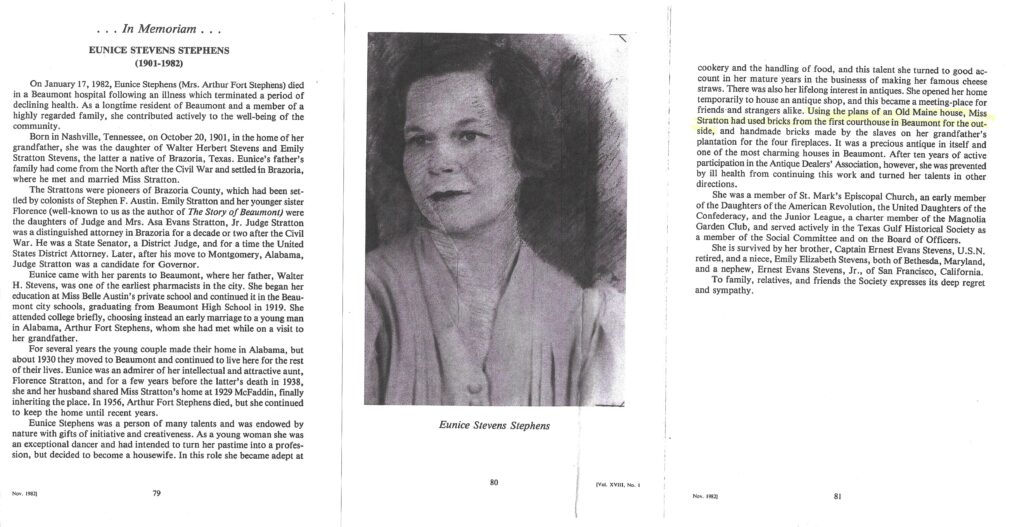
Last week, I spoke of Blanche Morgan’s journey, and I’m enthused that some of you clicked on her story’s link because most of you don’t click on links. As I stated, she wasn’t famous; she was just trying to survive with three children and another on the way after her husband died in 1917. She succeeded with some help from her family. Still, a single/widowed woman would not be looked on positively at that time, especially because she had to endure working around refinery workers in 1917. She took it for 35 years and then got the education she wanted after she retired.
Blanche’s story triggers me because it is genuine, and she wasn’t a celebrity, so no one is trying to take advantage of her story, unlike so many in our past. She was a grandma who went to college after retiring from a hellhole after 35 years. I believe she worked hard for her education, and it’s inspiring that even back then, she prevailed. Good for her, and there are many similar stories in our area if you look in the right places. On the Magnolia Cemetery tour, we champion people like this because their stories are ones of inspiration and the hope that, no matter how bad things get, you can climb above your situation. Although Blanche rests in Oak Bluff Cemetery in Port Neches, I’ll continue to sing her praises on my blog along with others who are inspiring to us.
Another woman I’ll always sing the praises of is Mrs. Bruce Reid. Bessie Reid was from Port Arthur, and literally created the textbook on the Native American history of Texas back in the 1930s with the help of journalist Florence Stratton. I say help because both of their names are on the book’s cover, along with that of Berniece Burrough, who illustrated it. But the stories were collected by Bessie Reid. Most likely, they were written by Florence, but the research was all Bessie’s. The book was called When the Storm God Rides: Tejas and Other Indian Legends, and it was used as a textbook for more than 40 years in Beaumont schools. Also, if you’ve ever heard of the legend of Kisselpoo, then you might be happy to know that Bessie first published it on July 1, 1923. You might not be happy to hear that it was a work of fiction concocted from her research on Texas Indian tribes, but all the same, it was an interesting story.

Eunice Stevens Stephens was someone that I probably wouldn’t have gotten along with, for the simple reason that we would have disagreed about our common interest. We both sang the praises of the same person, her aunt, Florence Stratton, but in the end, some discrepancies in her newspaper interviews in the early 1980s threw off many historians. I don’t blame Eunice for this because, when it came to age and other personal information, Florence lied about most of it, maybe because that’s what you did as a single woman in the 1930s. I have no idea. Also, when Eunice answered reporters’ questions, she may not have been of sound mind in the 1980s. Most of her interviews were conducted near the end of her life. But there were some interesting nuggets that Eunice shared from Florence’s time that I’m grateful for. One thing both Eunice and I would agree on is that Florence’s story needs to be told. I can only hope Eunice would appreciate my determination to bring the facts to light and keep Florence’s history alive. Whatever the case, we will see!
I spent Saturday in Sabine Pass, helping with a GPR (Ground-Penetrating Radar) survey of the Sabine Pass Cemetery. The survey was done by a few members of the Fort Bend Archeological Society and volunteers from the Jefferson County Historical Commission. The reason for the survey is to find the whereabouts of the mass grave of yellow fever victims who died in 1862. For those who haven’t been to Sabine Pass Cemetery, it’s a cluster of cemeteries with a low-lying field in the middle. I believe that besides the mass grave, there are four actual cemeteries: Pace Cemetery, Sabine Pass Cemetery, Wildwave Cemetery, and an unnamed Black cemetery. Some believe the mass grave is in the middle, while others think it may be in a marshy area to the north of Wildwave. This GPR survey may answer some questions in the search for the grave.
GPR surveys are an interesting process. A surveyor grids out two 40-meter x 40-meter blocks, and then one person pushes the GPR every half meter until all the 40-meter rows have been scanned. It’s kind of like mowing your lawn, or to be more accurate, like fertilizing your lawn with a drop spreader, because anyone who’s ever used a drop spreader knows your lines must be straight or you’ll see the spots you missed once the fertilizer takes hold.
After the area is scanned, the data are brought back to the office and put in a computer for analysis. It should take a few days to know if there’s a possibility that the graves are there. So, hopefully, we’ll know soon.
Well, that’s it for this week. I’m going to thaw out now, because my feet and fingers are still a bit frozen from the damp Sabine Pass wind.


You must be logged in to post a comment.